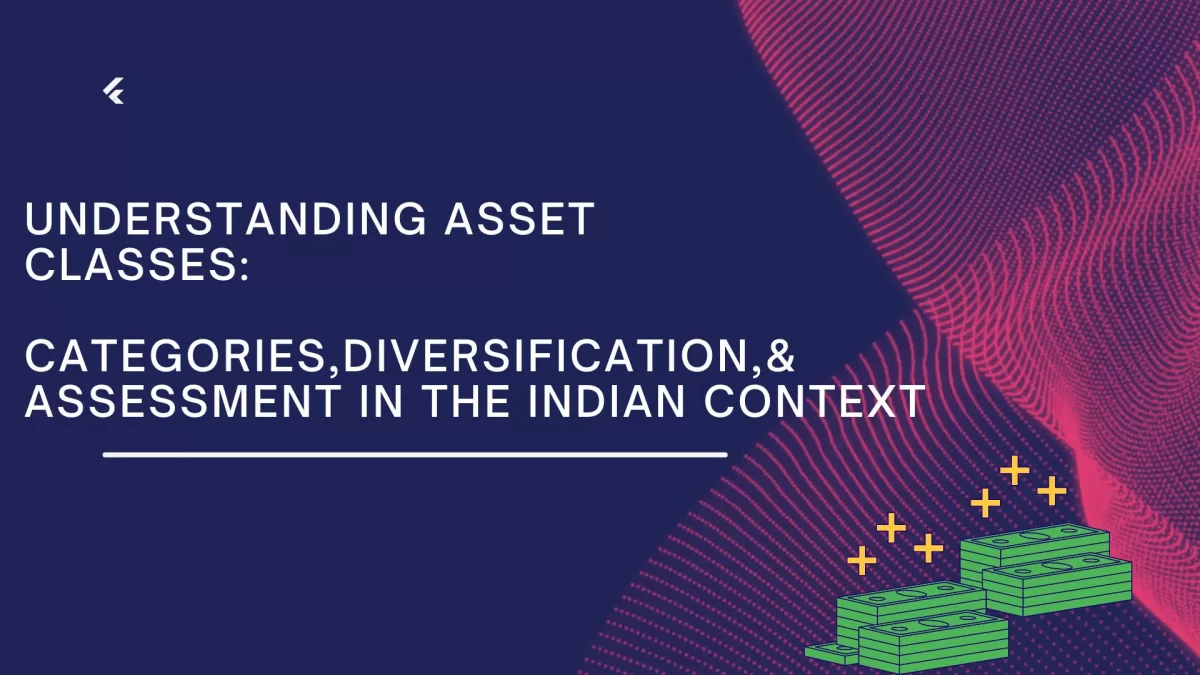Defining Asset Classes in India
Asset class represent different categories of investments, each with distinct characteristics and risk-return profiles. In the Indian financial landscape, asset classes play a crucial role in diversifying investment portfolios and achieving financial goals.
As of recent data, India’s investment landscape reflects a diverse mix of asset class, including equities, fixed income securities, real estate, commodities, and alternative investments like venture capital.
Understanding these asset classes and their pros and cons is essential for investors seeking to build well-balanced and resilient portfolios.
Asset Classes in the Indian Context: A Comparative Analysis
1- Equities:
Investing in Indian equities offers the potential for high returns, especially in a growing economy like India. However, equities also come with market volatility and risks associated with economic and geopolitical factors.
Fact: The retail investors continued to pump the money into the equity market through SIPs. The total SIP inflow in 2023 stood at Rs 1.84 lakh crore.
2- Fixed Income:
Fixed income securities provide stable income streams through interest payments, making them attractive for risk-averse investors. However, they generally offer lower potential for growth compared to equities.
Fact: 2023 is the second year in a row where mutual funds have overtaken fixed deposits (FDs) as the preferred investment.
In 2023, fixed deposits were preferred by 53% of people.
3- Real Estate:
Real estate investments in India offer the advantage of being tangible assets with the potential for capital appreciation. However, they require significant initial investment and may suffer from illiquidity issues.
Fact: In 2023, Indian real estate witnessed the highest level of investment inflows since 2020, according to real estate consultancy Colliers. These inflows in 2023 were $5.4 billion, 10 per cent higher as compared to 2022. In the sector, the office sector continued to be the most significant contributor for 2023 with a 56 per cent share in total inflows.
4- Commodities:
Commodities serve as a hedge against inflation and provide diversification benefits to investment portfolios. However, they are subject to market volatility and depend heavily on global market trends.
Fact: In 2022, India consumed 600.6 tonnes of gold as jewellery, which reduced to 562.2 tonnes in 2023.
5- Venture Capital:
Venture capital investments offer the potential for high growth and diversification, especially in emerging sectors like technology. However, they come with high risk and lack liquidity, as investments are typically locked in for an extended period.
Fact: “We’re seeing a lot of investments coming in from angel investors. These are mostly working professionals, those in IT, or engineers, who’ve been working for 10 years and have expertise and some capital. Apart from real estate and mutual funds, they’ve also started thinking of startups as an asset class.” – 100X VC founder
The venture-building industry expected to reach $5 billion by 2025.
Alternative investments like private equity, venture capital, and various debt instruments are India’s fastest-growing (24% CAGR) segment, representing 12% of India’s AUM. According to a report by 360 One, alternatives could constitute 20% of India’s total AUM by 2026.
Assessing Asset Classes for Investment: Key Considerations
1- Risk Tolerance:
Understanding one’s risk tolerance is crucial when assessing asset classes. Investors with a higher risk tolerance may allocate a larger portion of their portfolio to equities and venture capital, while those with a lower risk tolerance may prefer fixed income and real estate.
2- Investment Horizon:
The investment horizon plays a significant role in determining suitable asset classes. For long-term goals, such as retirement planning, equities and venture capital may offer higher growth potential, while short-term goals may be better served by fixed income and real estate.
3- Market Conditions:
Assessing current market conditions and economic outlook is essential for making informed investment decisions. For example, during periods of economic downturn, fixed income and real estate may provide more stability, while equities and venture capital may offer attractive opportunities during periods of growth.
4- Diversification:
Diversifying across different asset classes helps mitigate risk and optimize returns. A well-diversified portfolio may include a mix of equities, fixed income, real estate, commodities, and alternative investments like venture capital to spread risk across various sectors and asset types.
Conclusion:
In conclusion, navigating the diverse landscape of asset classes in India requires careful consideration and strategic planning.
Investors seeking to build resilient portfolios can benefit from Excluto, which offer exclusive access to curated investment opportunities and insights into the venture capital market.
Excluto’s dedication to enhancing visibility and fostering connections between accredited investors (LPs) and venture capital funds (VCs) aligns seamlessly with the principles of diversification and informed decision-making.

